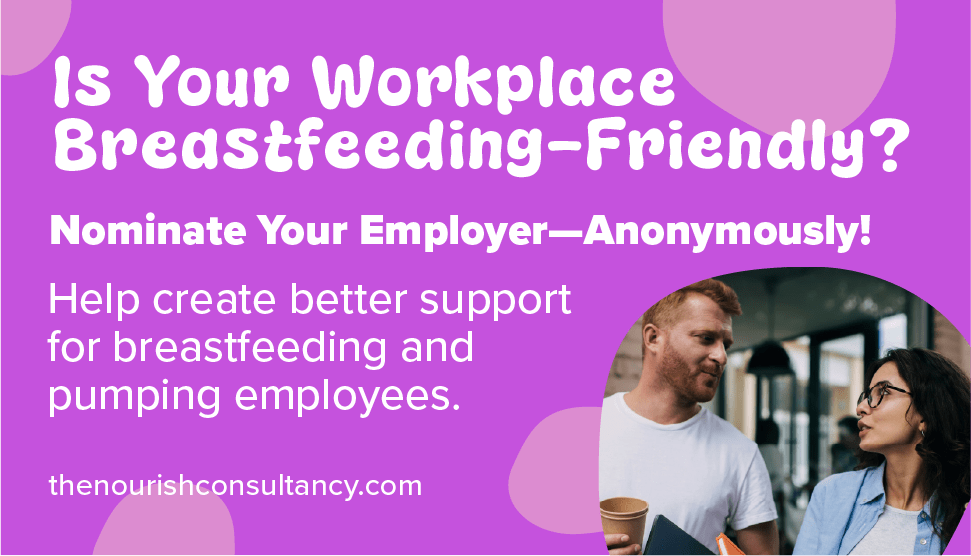Breastfeeding or chestfeeding is often believed to only happen for women who have recently given birth to a baby or for those who have successfully breastfed in the past, except that is not always the case.
In order to produce breast milk, the brain must release various hormones in order to tell the body to produce milk. These hormones are prolactin and oxytocin. Prolactin tells the body to produce milk and oxytocin releases milk from the breast. One of the ways these hormones are released is through nipple stimulation and stretching, such as a suckling infant or breast pump.
In order to produce breast milk, the brain must release various hormones in order to tell the body to produce milk.
It is true that this process is typically easier for women who have recently given birth, but it is possible to stimulate these hormones even if a woman has not been pregnant for years. Lactation can also be induced for individuals who have never been pregnant.
Who can relactate and who can utilize induced lactation?
Relactation is the process of a previously pregnant woman re-establishing their supply in order to breastfeed. Induced lactation is for a woman who has not previously been pregnant or a transgender woman who wants to breastfeed.

Why would someone want to relactate or induce lactation?
There are several reasons why a person may want to relactate or induce lactation. Here are some potential scenarios:
- For the parent who has had a biological baby and they are adopting another baby that they would also like to breastfeed. Similarly, for the parent who has not had their own biological baby and will be adopting.
- For the parent who’s baby weaned earlier than expected and they are wanting to continue to breastfeed.
- For a grandparent who now is their grandchild’s guardian and wants to breastfeed.
- For the parent who was ill, in a hospital, or separated from their child and lost their supply.
- For the child who is not responding well to formula.
- During emergency situations, such as natural disasters, when food is in short supply.
- For same sex partners who also want to share the bonding experience of nursing.
- For a transgender woman who wants to nurse their child.
How does someone relactate?
As stated earlier, breast milk is produced through prolactin and oxytocin. One way to produce these hormones is through nipple stimulation and stretching. This can be accomplished by baby suckling, frequent pumping with an electric pump or hand pump, or hand expression. In order to establish or increase a supply, it’s all about supply and demand. The more you tell your body that milk is needed, the more likely it will produce. In infancy, babies typically eat between eight to 12 times per day. When re-establishing milk supply, it is essential to attempt expression at least this many times per day.
In infancy, babies typically eat between eight to 12 times per day. When re-establishing milk supply, it is essential to attempt expression at least this many times per day.
Milk production also depends on how efficient the milk is being expressed. This means that in order to increase supply, a mother would need an efficient pump or ensure that their infant has a good latch when suckling. If you have any questions regarding the right pump for you or if your infant has an efficient and strong latch, seek out a lactation counselor or consultant to help.
Induced lactation stimulation will be the same as relactation, but it just may take longer and it almost never results in a full supply.

Factors that affect relactation and induced lactation
Whether relactation or induced lactation is right for you, both may take a significant amount of time. If the need to lactate is not immediate, it would be beneficial to begin the lactation process prior to bringing your baby home.
If the need to lactate is not immediate, it would be beneficial to begin the lactation process prior to bringing your baby home.
If you are attempting to build your supply through your baby suckling, this depends on the infant’s willingness to suck on a nipple that is not yet producing milk. There are babies who enjoy the soothing comfort of sucking without milk, but there are other babies who want the immediate gratification of milk when they suckle. These infants may be less willing to help and, therefore, these parents may have to depend more on pumping and hand expression. Try to be patient with your little one if this is a route you need to take.
Also, be patient with yourself! Since this is a long process, it can often result in feelings of failure, stress, anger, and rejection. It is important to try not to take it personally if your child does not want to suckle or if it takes longer than expected. Relactation or induced lactation may not result in a full supply, but any milk that you can give your child is a success. Try to focus on the bonding time and relationship with your child that will develop rather than the amount of milk you produce. Your value is not measured by the ounces you make!

















